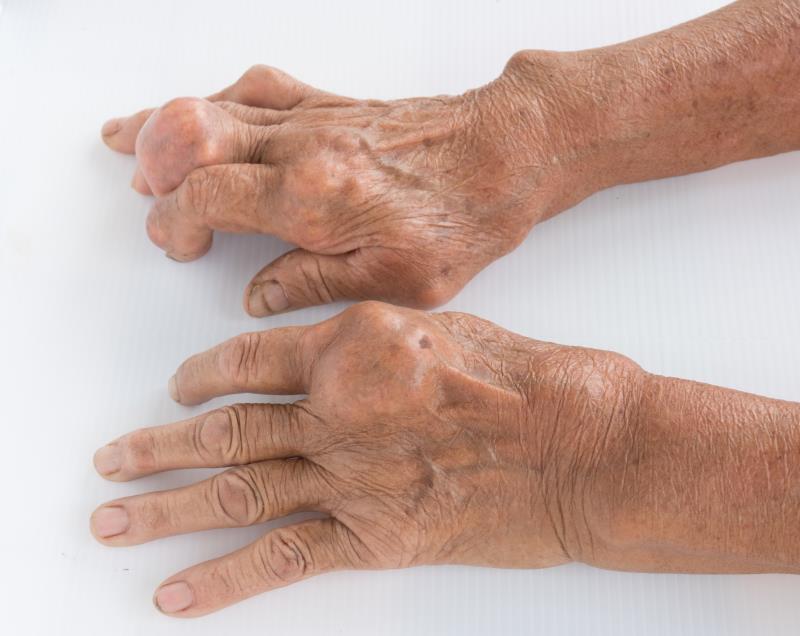
Despite the substantial disease burden from gout in Singapore — with a majority of the patients not being at the serum urate (SU) target, only two-thirds of the patients receive urate-lowering therapy (ULT), according to a local study.
“Gout contributes substantial burden as it predominantly affects middle aged men in their productive years. It is associated with high unemployment rates and considerable healthcare utilisation,” said the researchers led by Dr Teng Gim Gee from National University Health System, Singapore. “Conversely, gout is given low priority by physicians and patients among other common chronic diseases.”
“With the rising burden of gout and concomitant comorbidities, it is important to evaluate the clinical factors determining gout control using SU target as the outcome measure,” they added.
Among the 282 gout patients (median age 53 years, 92.6 percent men) in the cross-sectional study, half described their disease as severe to very severe. [Rheumatol Int 2019;doi:10.1007/s00296-019-04475-6]
Healthcare utilisation rate was also high, with one-third and one-fifth of the overall population reported having attended the emergency department and being hospitalized for their condition, respectively.
In addition, 32 percent of the patients were unemployed — which according to the authors, is “alarmingly high” given that the study population involved a “predominantly male group, aged 39–64 years, who would otherwise be engaged in productive employment.”
“This is noticeably higher than the general Singapore population unemployment rate [2 percent], despite similar education background,” they noted.
The researchers found that SU control was suboptimal, with only 22 percent of the patients achieving the target SU levels of ≤360 μmol/L. Despite this, only 67 percent were on ULT – among whom the authors noted, “majority were not offered ULT by previous doctors while some took it transiently due to poor understanding of the need for long-term treatment.”
To find out which factors could potentially predict SU control, a multivariate analysis revealed that patients who were prescribed ULT were almost four times more likely to achieve the target SU levels than those who were not (odds ratio [OR], 3.92, 95 percent confidence interval [CI], 1.75–8.71).
Furthermore, having ≥2 comorbidities were also associated with being at SU target compared with those with <2 comorbidities (OR, 2.65, 95 percent CI, 1.59–4.43), regardless of age, disease duration, tophi, BMI, alcohol and diuretic use.
As having multiple comorbidities entails regular visits to healthcare professionals, this could have a positive influence on health behaviours and promote prescription refills, according to the researchers.
“This study also emphasizes that the presence of comorbidities should not deter efforts to control SU and gout, which is attainable even in the presence of comorbidities,” said Teng and co-authors. “Gout care can be anchored by physicians who follow these patients for other metabolic comorbidities, including primary care physicians, cardiologists, nephrologists or endocrinologists.”
They also noted that the cases seen in the study may be just the “tip of the iceberg” as this is a single-centre study on patients from a tertiary hospital, while gout is mainly managed in the primary care.
“[The study] should prompt implementation of a care bundle to optimize long-term gout control and raise a public health signal for this often-perceived less-important disease compared to ischaemic heart disease, chronic kidney disease or diabetes,” urged Teng and co-authors.